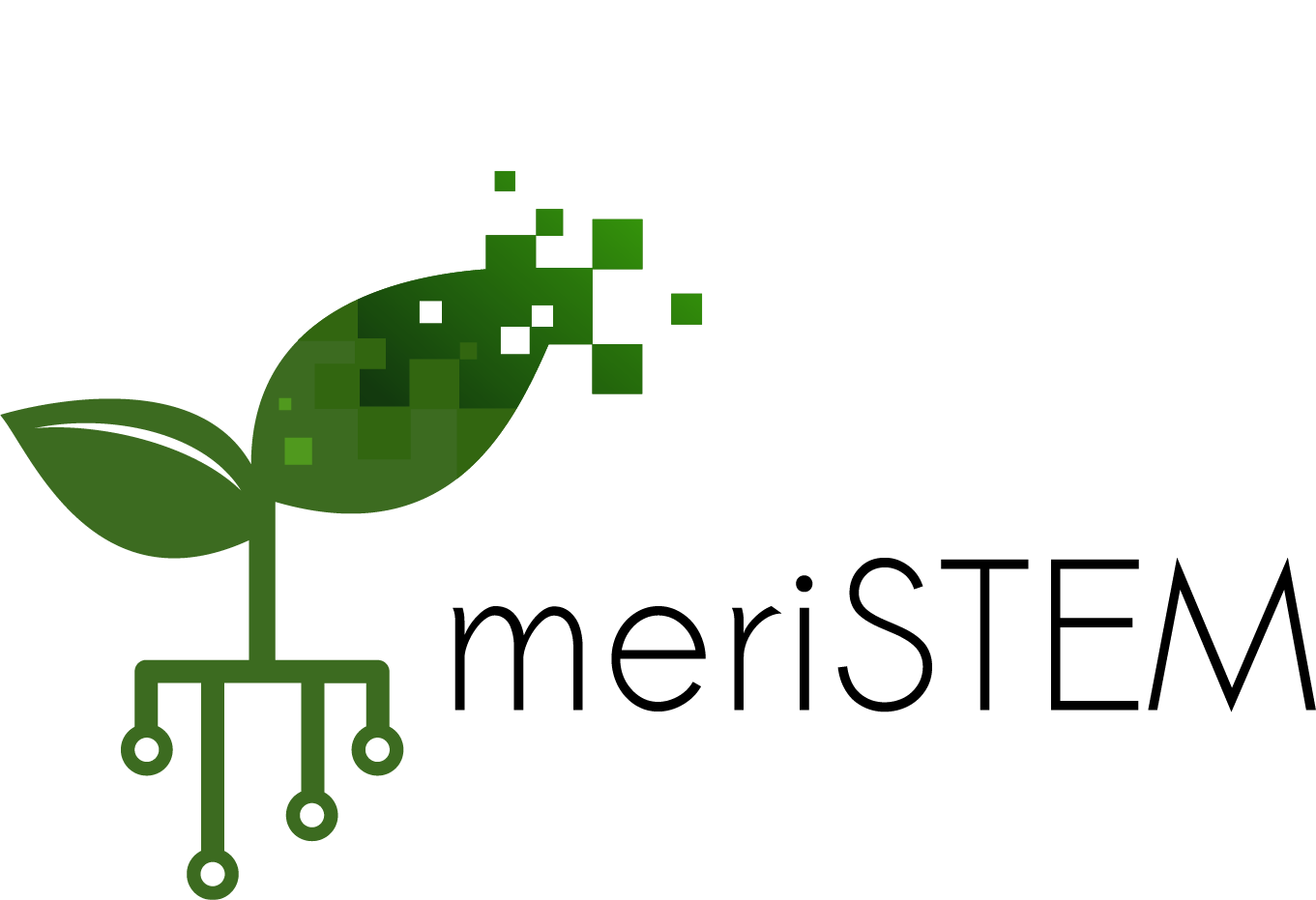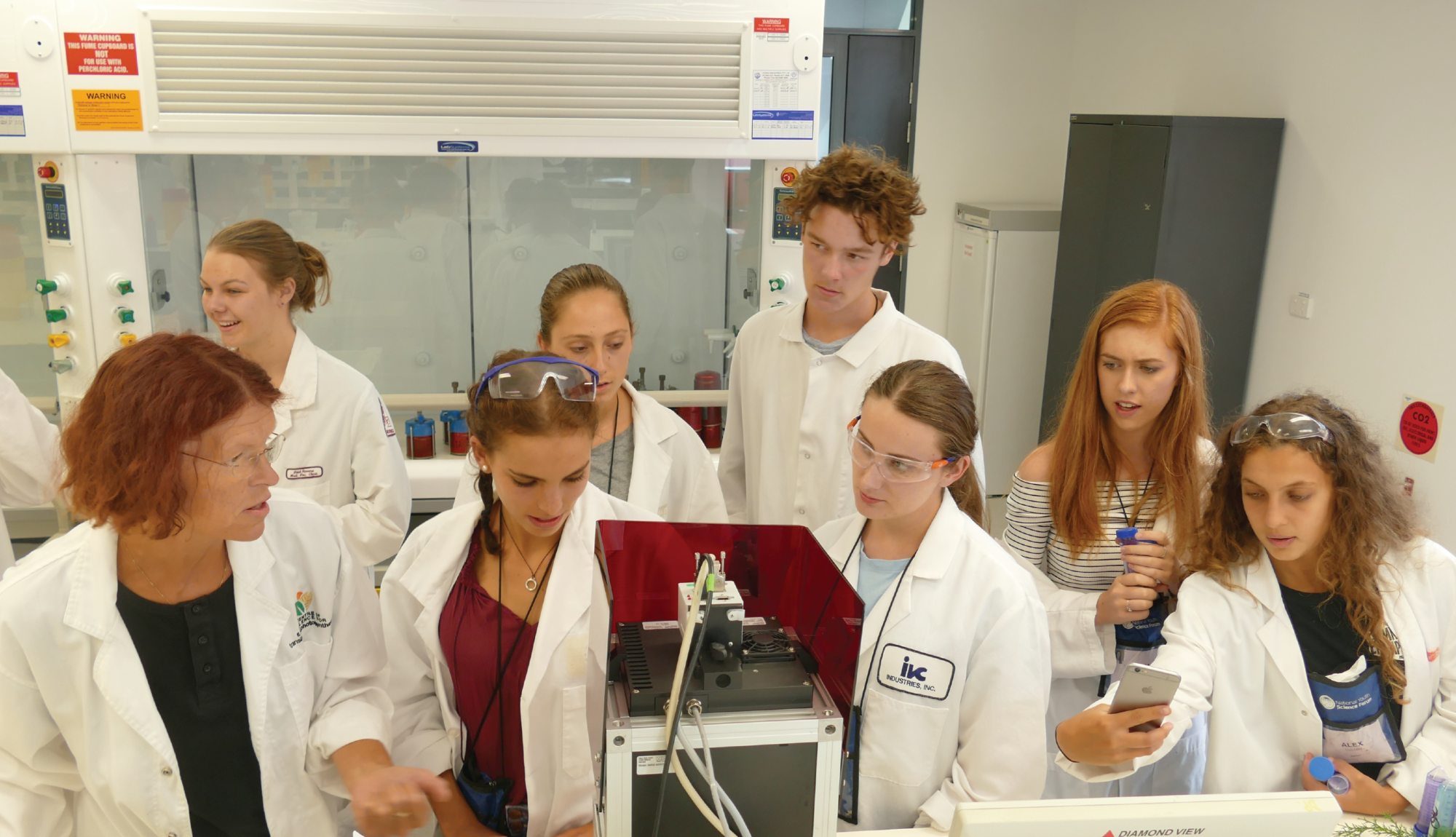“How can we help?”
Imagine asking this of a surgeon midway through open heart surgery, or a performer precariously spinning too many plates. Or, say, a room full of physics teachers midway through semester. If they had the capacity to come up with how you could help, they wouldn’t need it.
For years we have worked with the ACT physics teacher community, providing support where we could. The ACT is in a privileged position, where the number of academic physicists at the Australian National University (ANU) far outweigh the number of secondary school teachers. We have a real opportunity to provide great local support. But the form of this support tended to be one-off workshops, or classroom visits by university academics, or university visits by classes. These are all useful and important, but they don’t address the biggest challenges in secondary teaching and learning, and those efforts are not scalable beyond the ACT.
Blended learning at ANU
At the same time, Joe was about to start teaching his university third year Theoretical Physics course in 2014, for the umpteenth time. He felt like his ability to improve the educational experience was being limited by the current format of the class. Too much of the precious, limited face-to-face time was spent delivering exposition rather than supporting students in their own application and learning. Inspired by the anecdotal experience of his colleagues and the growing body of peer-reviewed evidence, Joe decided to flip his lectures and blend his course.
We decided to go all in. Like jumping into a cold pool, the evidence suggested that we’d see the best results from fully committing to a blended pedagogy. So we did. With Ethan looking after the website and helpful guidance, Joe spent the summer of 2013-2014 converting his semester’s worth of videos into online videos. These were accompanied online by questions testing the students’ understanding.
The freshly liberated 3 hours worth of contact hours were spent on a single, weekly workshop. Here, students would have the opportunity to apply what they had learned, to try to solve challenging and ill-defined questions in an environment where those attempts could be supported. Rather than suffering in isolation, they were supported by their lecturer, tutors and peers. Also, the workshop environment, unlike their assessment items, was one in which they could take intellectual risks. These are essential when grappling with new concepts and connecting them to older ideas.
And it worked. The average exam performance increased by a full letter grade – and over the course of two years, there were enough students that the effect was statistically significant. Students reported a better experience and were universally pleased with the change in teaching method. Other educators made similar experiments, with similar results. The results of this change were enough to convince the Physics Education Centre to undertake a redesign of its entire educational program, with flipped learning at its heart.
A way to help
There’s some overlap between first year physics and senior high school physics. When Joe offered to share first year tertiary materials with secondary teachers, he was met with infectious enthusiasm. Many teachers were interested in blending their own classes, but lacked the time and resources to produce the requisite materials. The first year materials could be used to enrich their own high school physics classrooms.
But the first-year materials wouldn’t be quite right for the teachers’ needs. Developing materials that were pitched at the level of high school students, tailored to the Australian Curriculum, and supported on an online platform was a way to help large numbers of teachers transform their classrooms, and use their precious contact hours actually teaching.
And so meriSTEM was born.
meriSTEM (modular educational resources in STEM) is an ANU-lead, volunteer-powered initiative that develops these blended classroom resources and distributes them to teachers for free. We aim to provide teachers with the online tools and in-class activities to support more STEM teachers embracing the educational benefits of a blended classroom.

